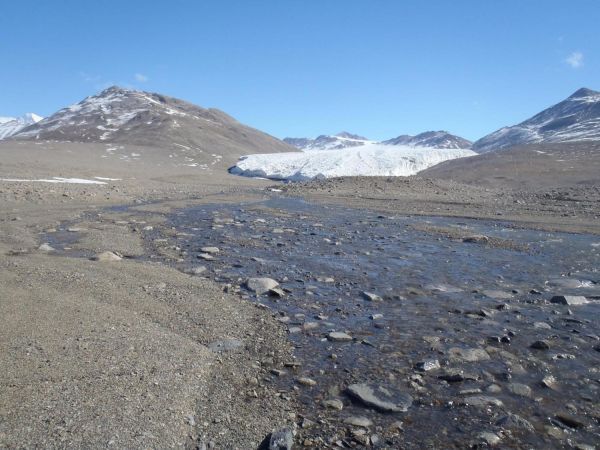The new study conducted in Antarctica’s arid McMurdo Dry Valleys (MDV) region examined the nearly ubiquitous phenomenon that streams in all climates, regardless of their flow rate, tend to maintain a remarkably consistent concentration of dissolved minerals as they move through the landscape. In other words, moving water retains its chemical makeup regardless of whether it’s going fast or slow.
Antarctica’s dry, pristine conditions offer a streamlined—if far-flung—natural laboratory to test out why that’s the case.
“The MDV region provides ideal hydrological study conditions,” said Adam Wlostowski, lead author of the study and a postdoctoral researcher in CU Boulder’s Institute for Arctic and Alpine Research (INSTAAR). “Here, we only have one source of water—glacial melt—and no deep groundwater, with permafrost acting as a physical barrier for the stream. By limiting the number of variables, we can learn a great deal.”
The research, detailed in the journal Geophysical Research Letters, examined seven different streams in the Taylor Valley, where meltwater flows to ice-covered lake basins in just hours or weeks, compared to months or years in the Rocky Mountain region. As such, Antarctic streams have precious little opportunity to stagnate in the landscape.
Continue reading at University of Colorado Boulder
Image via University of Colorado Boulder


